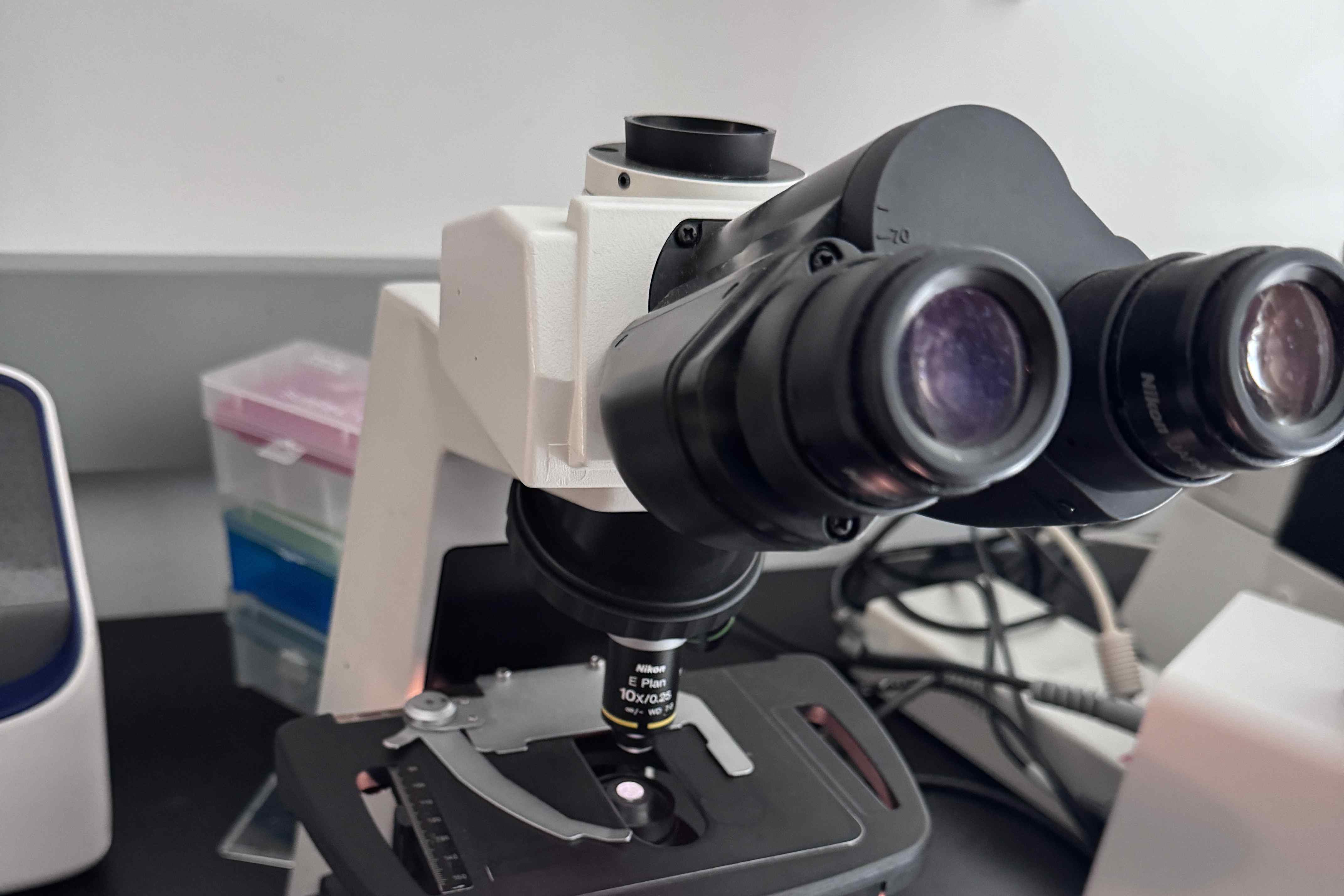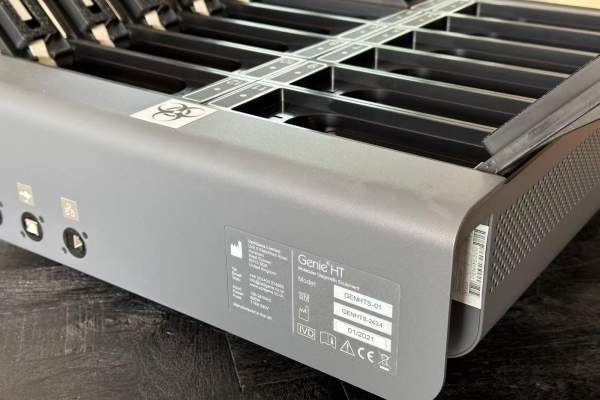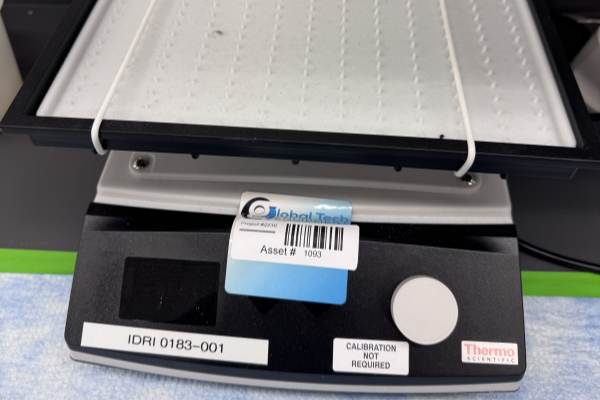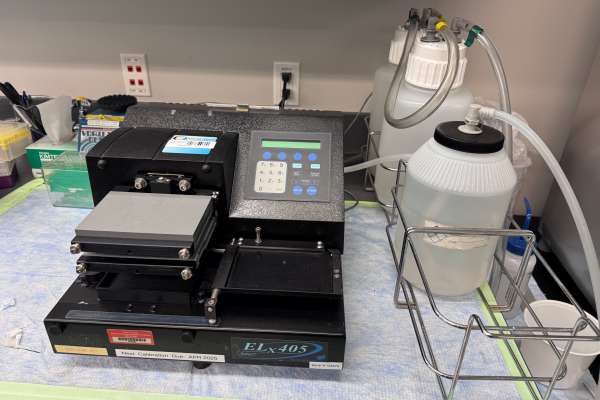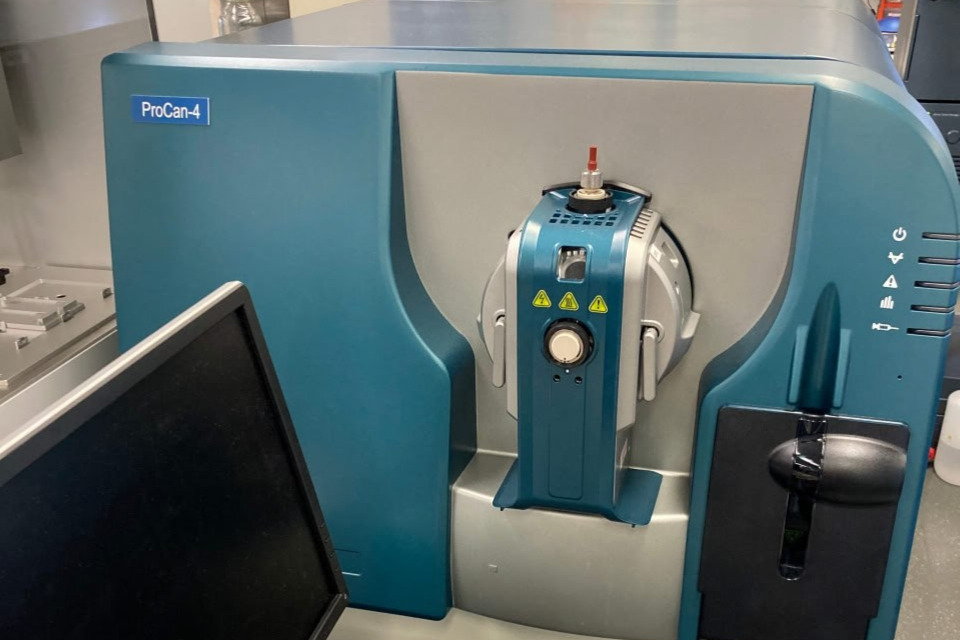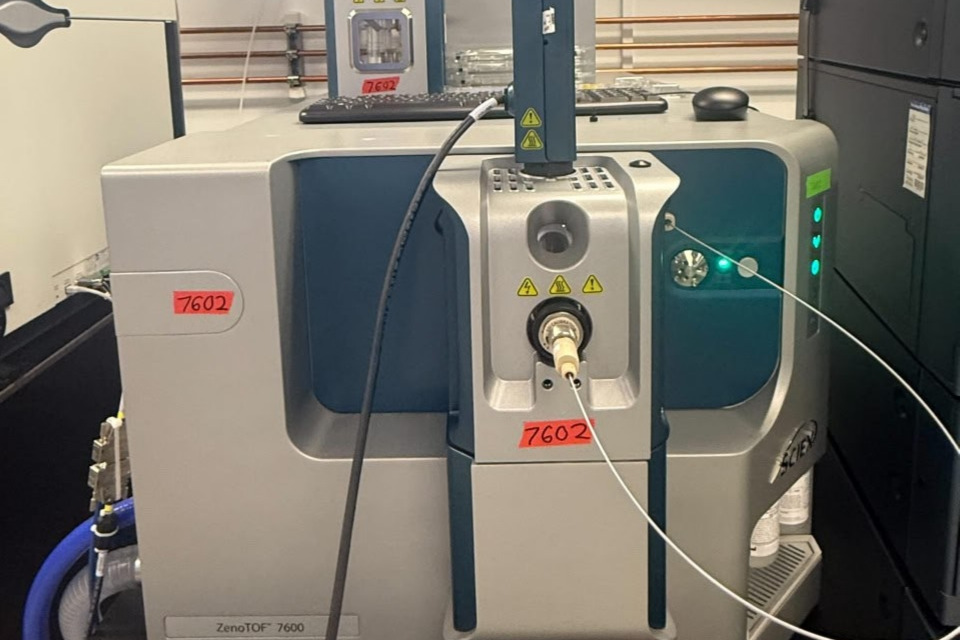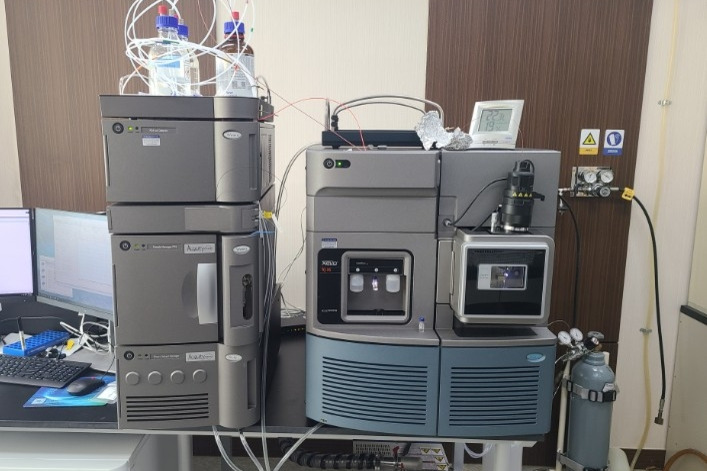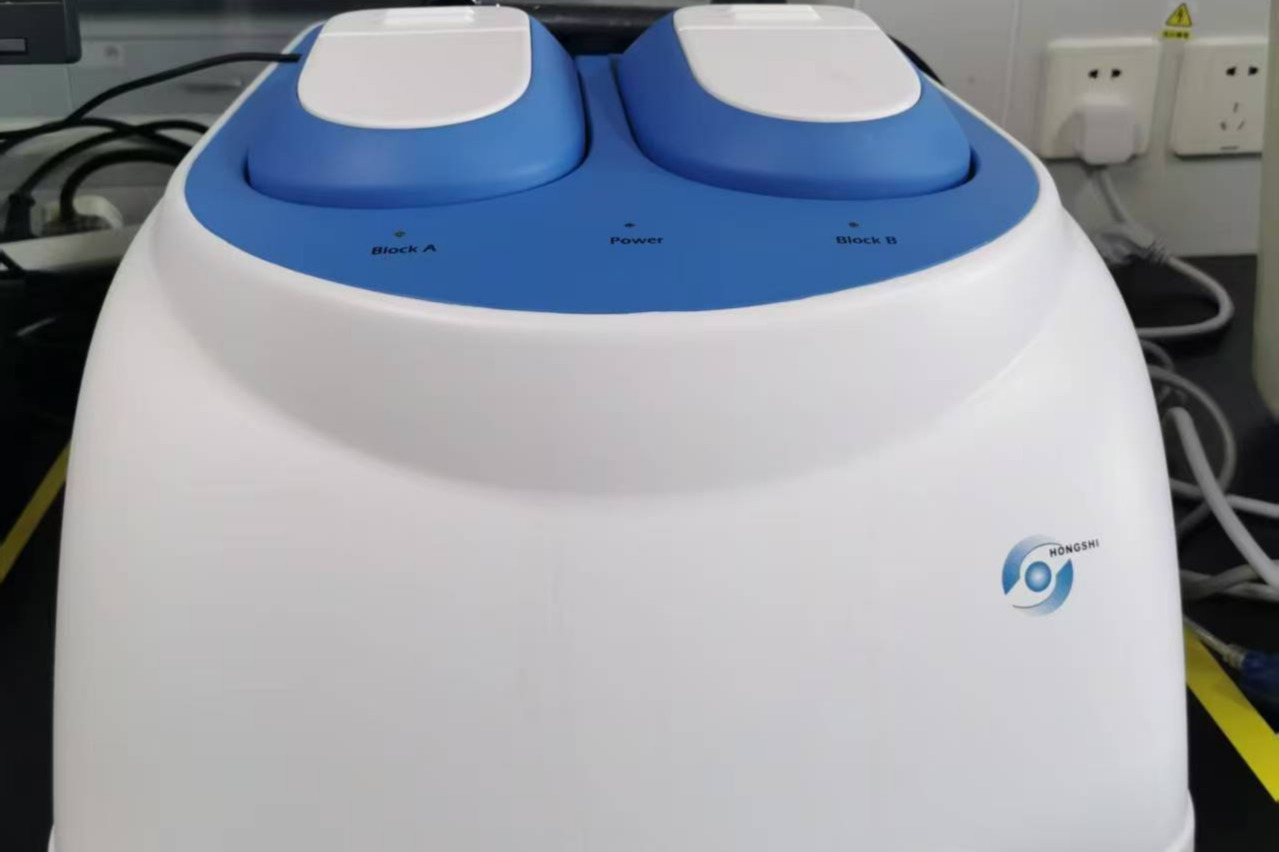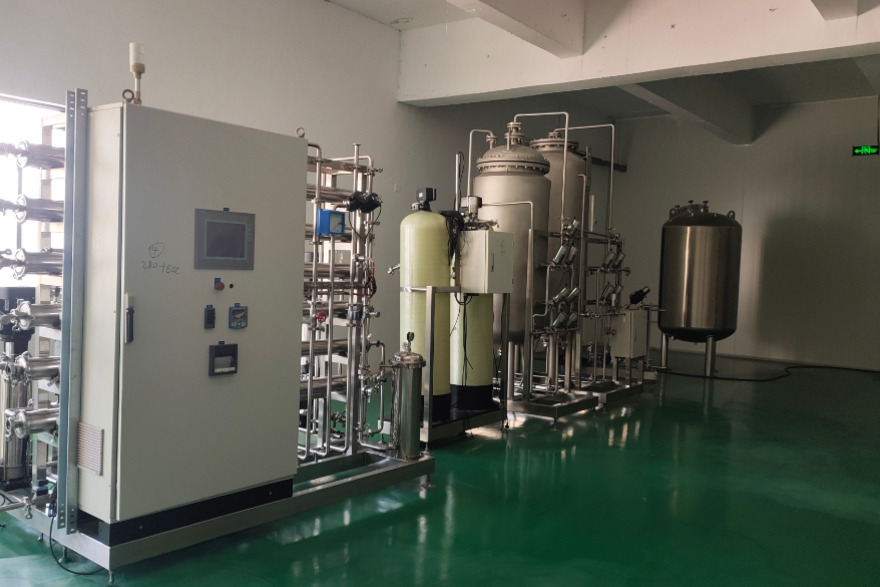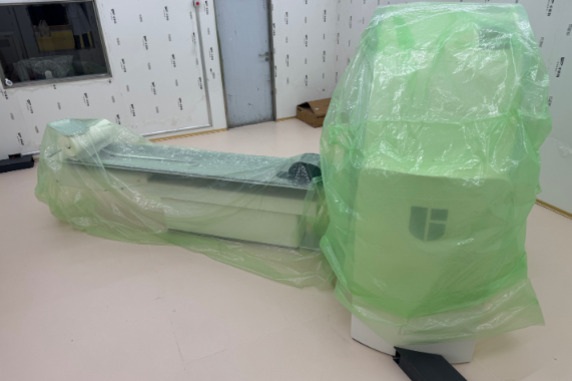Device built-in
Nikon Eclipse E200 Microscope: A Reliable Cornerstone for Routine Laboratory Instruction
In the fields of scientific research and education, the microscope is an indispensable window for exploring the microscopic world. For university teaching labs, medical training platforms, or industrial quality control departments, a routine microscope with stable performance, intuitive operation, and clear imaging is fundamental for ensuring smooth workflows. The Nikon Eclipse E200 is an upright microscope designed precisely for this purpose. It incorporates decades of Nikon's expertise in optical technology, making it a preferred model in numerous laboratories worldwide due to its excellent cost-effectiveness and reliability.
1. Ergonomic and Reliable Engineering Design
The Eclipse E200 inherits the professional pedigree of Nikon's Eclipse series, featuring a streamlined profile and a robust structure. Its core design philosophy is "user-friendliness," aimed at lowering the barrier to operation, allowing users to focus entirely on sample observation.
Sturdy Frame and Fungus-proof Design: The microscope body is constructed with high-rigidity materials, effectively resisting daily vibrations to ensure imaging stability. The main optical path within the body is sealed and filled with inert gas, which is particularly important in humid regions as it prevents fungus growth on lens elements, thereby extending the equipment's lifespan.
Ergonomic Controls: The stage features low-position coaxial coarse/fine focus knobs, allowing the operator to focus easily without raising their arms, reducing fatigue during prolonged use. The stage movement handles are also positioned comfortably for rapid sample positioning. Furthermore, the 6V 20W long-life halogen lamp illumination system provides bright, even light with excellent color rendition, adjustable via a smooth knob, meeting the observation needs of most specimens.
2. Superior Optical Performance: CFI Infinity Optical System
The core advantage of the Eclipse E200 lies in its use of Nikon's advanced CFI (Chrome-Free Imaging) Infinity Optical System. This is a significant innovation beyond traditional finite optical designs.
Infinity Optics Principle: Light exiting the objective travels as parallel rays (to infinity) before being converged to the image point by the tube lens. This design reduces optical aberrations in the path. Even when adding accessories like polarizing or fluorescence components, no additional optical errors are introduced, ensuring high sharpness, contrast, and flatness from the center to the edge of the field of view.
Exceptional Objectives: The mention of being "equipped with a 3x objective" highlights its flexibility. The E200 can be equipped with various magnification objectives, such as 4x, 10x, 20x, 40x, and 100x oil immersion. The 3x low-power objective is particularly suitable for observing the entire overview of large tissue sections or for locating specific fields of view. All objectives feature high Numerical Aperture (NA) and long working distances, meaning they not only collect more light for finer detail but are also more convenient for observing thicker samples or when using Petri dishes.
3. Extensive Expandability and Teaching-Friendly Features
The Eclipse E200 is not just a standalone observation tool; it is an expandable platform.
Strong Expandability: The microscope has multiple ports for easily connecting digital cameras or video systems, enabling real-time image transfer to a computer monitor for saving, measurement, and analysis—ideal for group instruction or demonstrations. Furthermore, the system can be upgraded for techniques like darkfield, polarized light, or simple fluorescence observation by adding specialized modules, meeting more advanced teaching or basic research needs.
Features Designed for Teaching:
Anti-Slip Design: The revolving nosepiece includes a mechanism to prevent high-power objectives (e.g., 40x, 100x) from accidentally hitting the slide when rotating, protecting both the valuable objectives and the specimen. This is especially helpful for beginners.
Lockable Stage: The mechanical stage can be locked to prevent it from sliding out during transport, protecting the precise mechanics.
Binocular or Trinocular Head Options: Users can choose between binocular or trinocular heads depending on whether camera attachment is needed, offering high flexibility.
4. Wide Range of Applications
The Nikon Eclipse E200 is a true all-rounder, suitable for various fields:
Higher Education: An ideal instrument for undergraduate laboratory teaching in biology, medicine, agriculture, materials science, etc.
Clinical Laboratories: Used for routine observation of body fluids, blood smears, and tissue sections in hospital labs.
Industrial Applications: Used for quality inspection of electronic components, analysis of material structures, etc.
Basic Research: Serves as an observation tool for foundational research platforms.
Summary
The Nikon Eclipse E200 microscope may not be the most complex research-grade instrument, but it achieves a perfect balance between design, optical performance, and ease of use. It acts like a silent, reliable partner, opening the door to the microscopic world for countless students and technicians with its robust construction, sharp imaging, and user-friendly details. It is truly a deserving "workhorse" model for routine laboratory applications. Choosing the E200 means choosing quality assurance from an optical leader and the promise of lasting, reliable performance and support.

